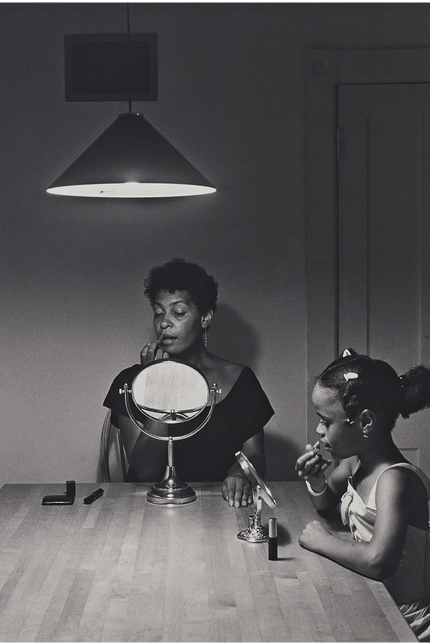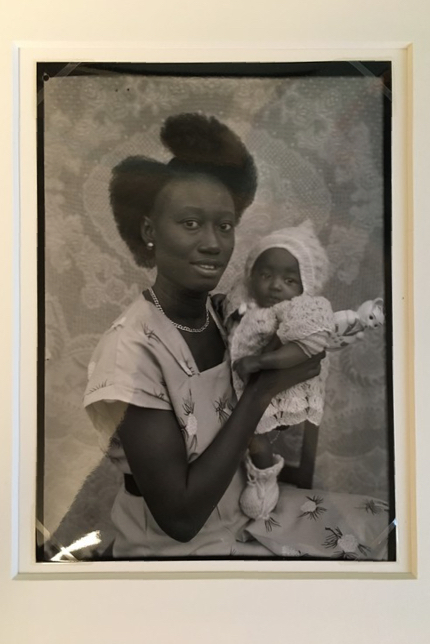
In this article, we want to delve into the theme of black love in its rich variety of artistic depictions. Unfortunately, black love and joy are often overshadowed by discussion of oppression. However, this injustice should not equally overshadow the celebration of black culture in the artistic realm and beyond. Love exists beyond race.
Throughout the history of fine arts, when a white author depicts love and Blackness together, there is often a hypersexualization of the Black Body.
But artists like Faith Ringgold are determined to fight it. For example, Ringgold portrays a pure and joyful image of black love in his 2004 painting Somebody Stole My Heart.
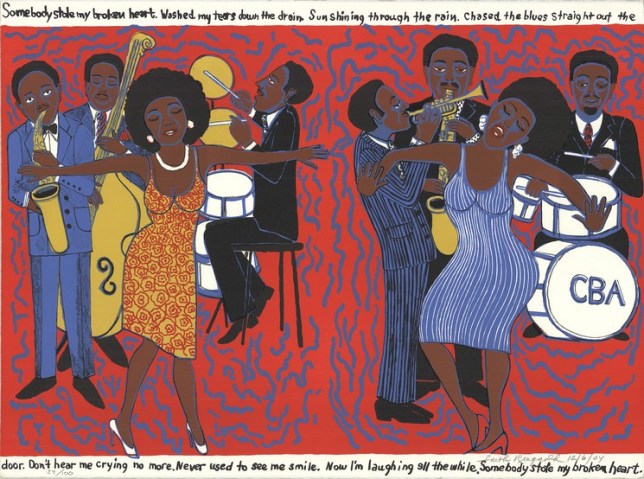
In order to explore depictions of black love, it is necessary to evoke references to important movements that have influenced black identity. For example, the unjust death of George Floyd, Tamir Rice, Breonna Taylor and many others – systemic injustice is ingrained in the minds of blacks. This has a great influence on the depiction of black love in art.
Contemporary art is, first of all, a means of expression. Art has always been a source of emotional articulation, a means of celebration, and a cry of despair. For example, the birth of the blues in the American South.
People often struggle to put their truth into words. And art offers an outlet for intimate expression. Many BIPOC artists have sought solace in fine arts to deal with racial discrimination.
In visual arts, the white eye has long defined the narratives that are heard, the beliefs that are valued, and the ideas that are considered worthy of mention in art history. It’s a sad but well-known fact that white consciousness has been the default in artistic expression since its inception.
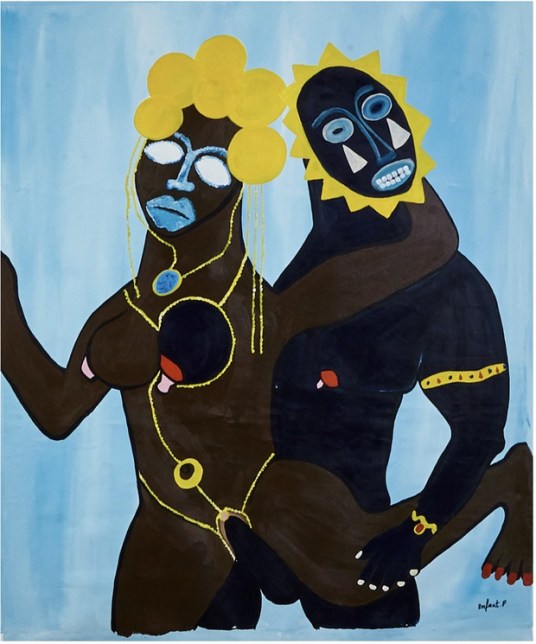
Today, many representatives of contemporary art are actively resisting this hegemonic ideology by creating work that speaks directly to black audiences. With more BIPOC creatives entering the art scene, the viewer is encouraged to discuss interracial issues.
Revisiting previous discourse about blacks as victims of an unjust system, artists instead choose to focus on black love and many other aspects of the self that glorify much more than pain. BIPOC artists challenge stereotypes and highlight the theme of joy.
Kerry James Marshall is one such representatives of contemporary art who dismantles the white look into the artistic tradition. He creates racially conscious artwork that questions the historical marginalization of African Americans. Vignette (Wishing Well) (2010) is thematically linked to a long series of caricature paintings by the artist. In this painting, the artist adopts artistic conventions commonly found in French Rococo painting of the 1700s. This is a style that emphasizes love, frivolity and decadence.
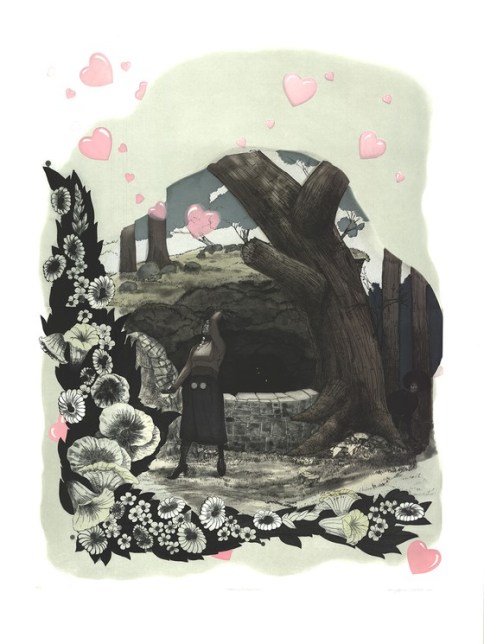
In addition, the work of artist Carrie Mae Weems is at the heart of all things black love. The artist is known for her original series “Kitchen Tables”. Her work is today celebrated as an important touchstone in the self-representation of the black woman.
The artist has proven that her work can oscillate between depth focused on dark themes and playful work based on a strong element of romance and platonic love.
